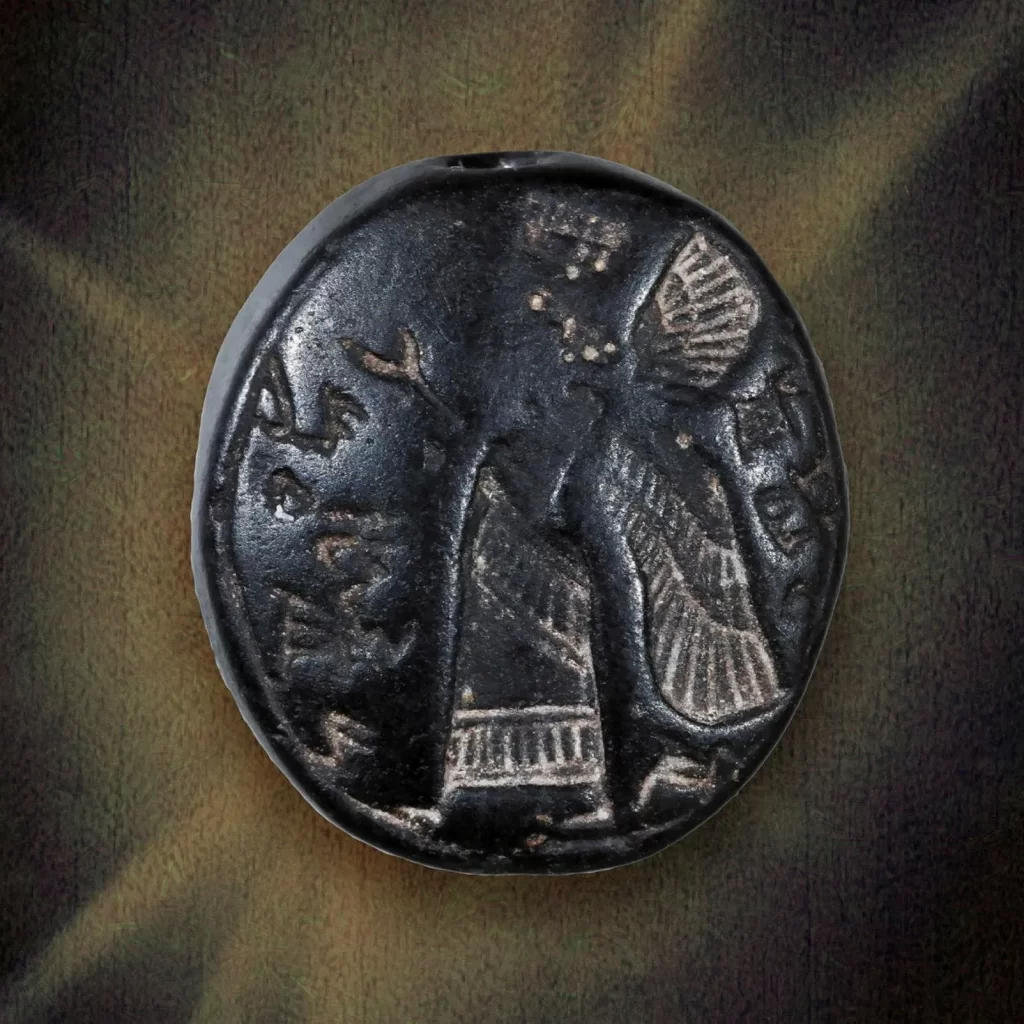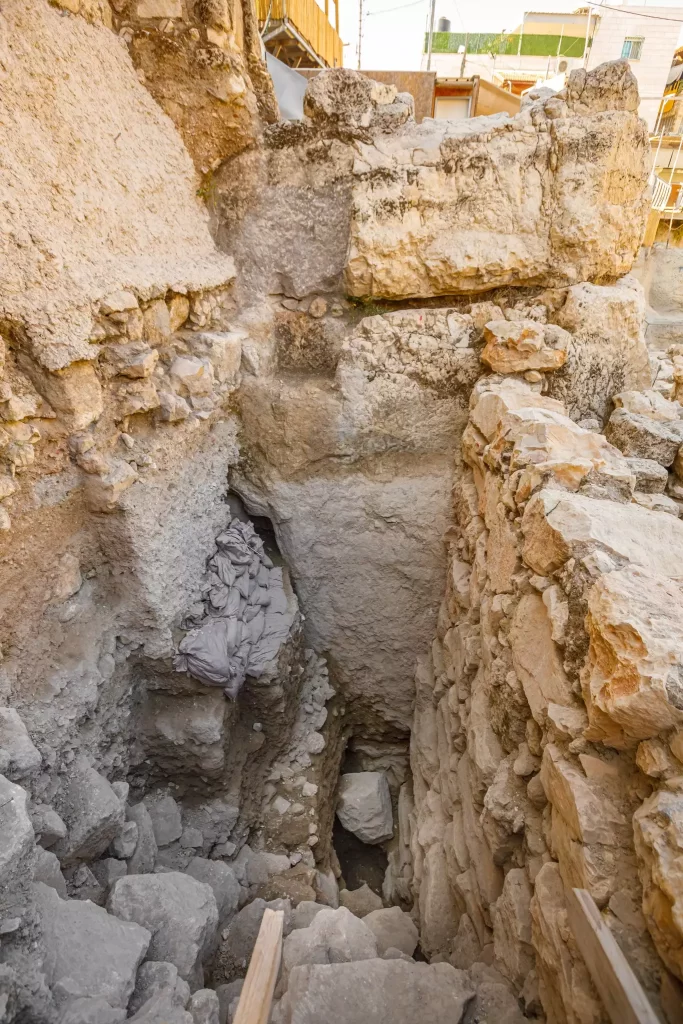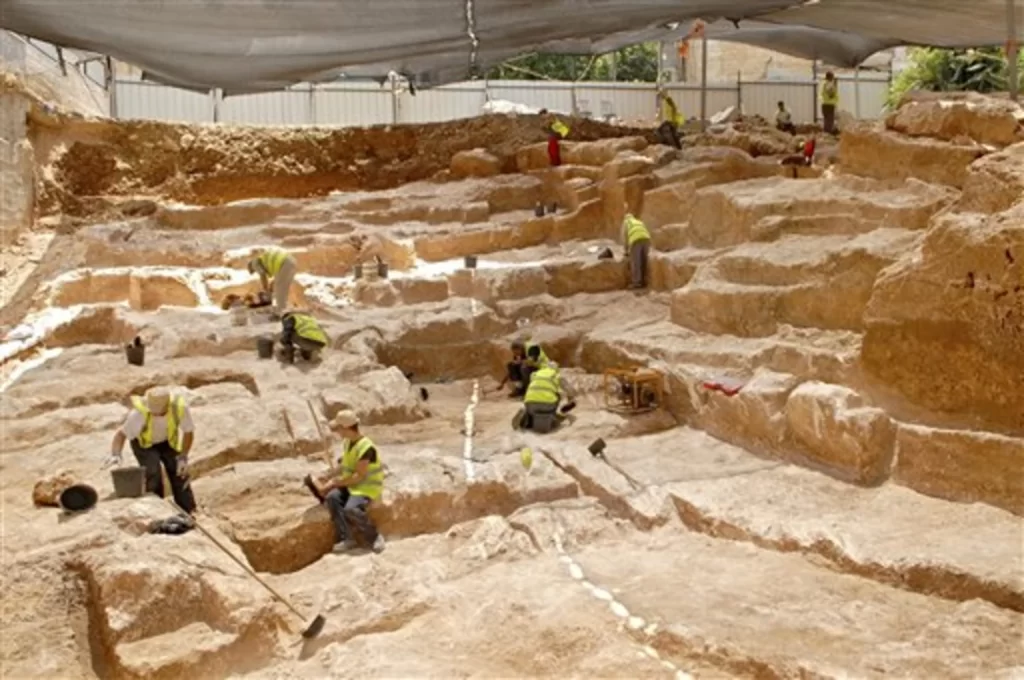
Recent archaeological discoveries in Israel have captured the attention of both the scientific community and the general public interested in history and theology. Among the highlights is a papyrus fragment containing the Infancy Gospel of Jesus, along with other remarkable findings in ancient Jerusalem. This article details these recent discoveries, clarifying their historical and theological implications.
Archaeological discoveries, Infancy Gospel of Jesus, biblical archaeology
The Infancy Gospel of Jesus: An Intriguing Discovery
A papyrus fragment recently identified as part of the Infancy Gospel of Jesus has generated significant interest. Researched by Brazilian scholar Gabriel Nocchi Macedo from the University of Liège, Belgium, this text had been stored for over a century at the University of Hamburg, Germany, without its true nature being recognized.
This fragment belongs to the well-known Infancy Gospel of Thomas, an apocryphal text already familiar to scholars, originally written between the second and third centuries of the Christian era. Despite excitement surrounding the discovery, the papyrus does not present a new gospel but constitutes the oldest known copy of this type of manuscript, dated between the 4th and 5th centuries.
ancient papyrus, Gospel of Thomas
What are the Apocryphal Gospels?
The Apocryphal Gospels are early Christian texts not officially recognized by the Church due to containing non-historical elements or teachings diverging from canonical gospels (Matthew, Mark, Luke, and John). These texts frequently include fantastical stories about Jesus’s childhood, such as extravagant miracles and miraculous events, lacking historical or theological validation within the Christian tradition.
Historical and Theological Importance
Although apocryphal, these texts help researchers understand how Jesus was interpreted and transmitted in various early Christian communities. Nevertheless, it is important to note that discoveries like these neither alter nor invalidate canonical gospels; rather, they contribute to a broader understanding of early Christianity and its various interpretive streams.
Other Recent Archaeological Discoveries in Israel
1. The Assyrian Seal of Jerusalem
At the archaeological site of Givat Parking near ancient Jerusalem, an Assyrian seal dating from the 8th century BCE was discovered. Made of basaltic stone, the seal bears paleo-Hebrew inscriptions reading “Yahu-ezer” (the Lord helps). Interestingly, the seal also depicts an Assyrian deity, suggesting a complex cultural and religious interaction during that historical period.

ancient Jerusalem, biblical history, Israel
2. Defensive Moat from Solomon’s Era
Another remarkable finding was the identification of a defensive moat in Jerusalem dating back to the 10th century BCE, possibly from the era of King Solomon. This moat, approximately 30 meters wide and up to 9 meters deep, provided strategic protection for the ancient city, significantly validating biblical accounts about the unified kingdom of Israel under David and Solomon.

3. Herod’s Quarry
In Hotsvin, a modern technological district of Jerusalem, an ancient quarry used by King Herod was discovered. Known for providing stones for the city’s walls and Jewish ceremonial objects such as cups and jars, this quarry was integral to purification rituals mentioned in the New Testament (John 2).

Implications for Biblical Archaeology
These discoveries not only strengthen the historical credibility of certain biblical accounts but also provide new perspectives on everyday life, religious practices, and politics of ancient societies mentioned in the scriptures. Findings such as Solomon’s moat help debunk theories minimizing the historical significance of Israel’s unified kingdom.
Bible and archaeology, recent archaeological discoveries.
Conclusion
While the papyrus containing the Infancy Gospel of Jesus does not reveal groundbreaking insights that radically alter our understanding of Christianity, its discovery is significant for enhancing historical knowledge about the diversity within early Christianity. Other archaeological discoveries similarly reinforce the interaction between archaeology and the Bible, illuminating historical passages and providing a rich view of ancient Jerusalem and the cultural and religious traditions of the Hebrew people.
Additional Sources and References:
- Gabriel Nocchi Macedo et al., University of Liège, Belgium.
- “Lost Books of the Bible and the Forgotten Books of Eden,” Apocryphile Press.
- “A Bíblia de Aleph a Ômega” by Rodrigo Silva, CPB publisher.
- Israel Antiquities Authority (IAA).
- Museu Arqueológico Bíblico do UNASP (MAB).
These discoveries continue to significantly contribute to archaeological and theological studies, unveiling new details about biblical and human history daily.


1 thought on “Archaeological Discoveries in Israel: The Infancy Gospel of Jesus and Other Mysteries Revealed”